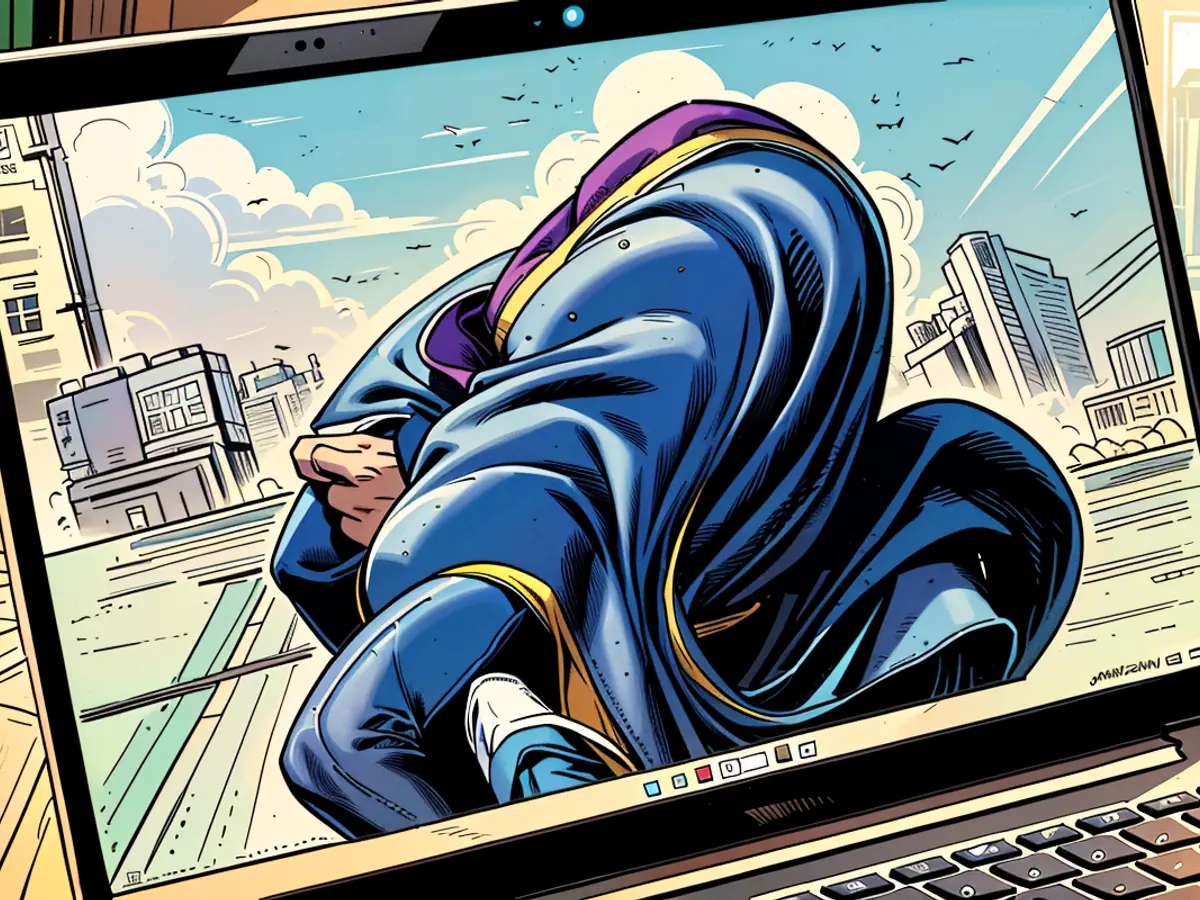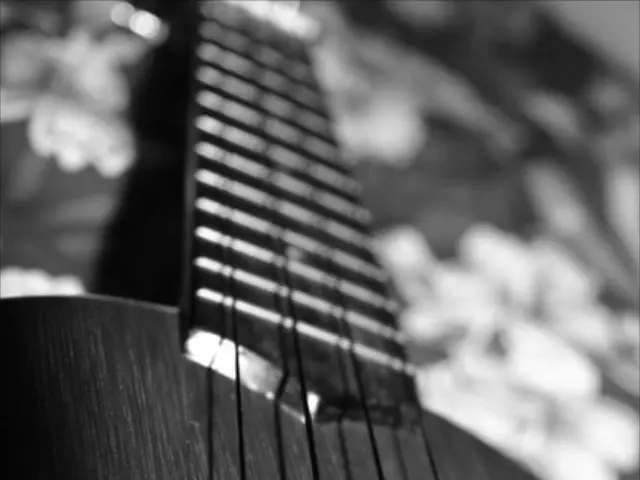Capturing Screenshots in a Jiffy on Windows 10/11
Screenshots are a handy tool to save information, illustrate a point, or showcase an error. Windows 10 and 11 provide an array of methods to take snaps, from basic keyboard shortcuts to sophisticated tools with annotation options. Here's a rundown of the simplest methods to snag screenshots in just a few clicks or taps.
The Print Screen Key
The good old Print Screen key (abbreviated as "PrtScr" on some keyboards) remains a quick and reliable option for capturing your screen. While full-sized keyboards usually feature a dedicated Print Screen key, smaller keyboards and laptops may place it as a secondary function elsewhere (typically on the F12 key). In such cases, press the "FN" key and the Print Screen key simultaneously to capture the screen.
There are various ways to utilize the Print Screen key for screenshots:
- Press the "Windows" key + "PrtScn" to save a PNG image of your current display to the "Pictures > Screenshots" folder.
- Press "PrtScn" (or "FN + PrtScn") to copy the current desktop to your clipboard. Open any image-editing or word-processing app to paste, add annotations, and save the image.
- Press "Alt + PrtScn" to copy only the currently active window or app to the clipboard, which you can then paste into another app for editing and saving.
The Snipping Tool
In addition to the Print Screen shortcuts, Windows offers a built-in app for selected screen captures: the Snipping Tool. The Snipping Tool was formerly known as Snip & Sketch, allowing you to capture specific areas, add annotations, and make edits before saving the image.
- Press "Windows Key" + "Sh" to launch the Snipping Tool, or open it manually from the Start menu.
- Choose the snip type by clicking the shape icons (Rectangular, Free-form, Window, or Full-screen).
- Discover the magic of Delay by pressing the "Delay" (timer) icon. Select the desired duration for the screenshot to occur later, and then click "New" to arrange your screen before capturing.
- After snapping, the image will open in the Snipping Tool, where you can also find editing options and tools, including annotation, drawing, and cropping.
- Click "Save As" to save the screenshot to your desired location (preferably the "Pictures > Screenshots" folder). Alternatively, press "Ctrl + S" for a quicker save option.
Shortcut to Snipping Tool
If you want to skip navigating the Snipping Tool menu with Delay Timers, you can use this keyboard shortcut instead:
- Press "Windows" + "Shift + S" to launch the Snip tool directly, bypassing the delay options.
- After capturing the screenshot, it will be copied to your clipboard, enabling you to paste and save it elsewhere.
- You can also click the pop-up notification to open your screenshot in the Snipping Tool, where you can further edit and save it as an image.
The Xbox Game Bar
The Xbox Game Bar is already pre-installed on Windows 10 and 11 and offers various functionalities, including screen capture for gaming. However, you can use it for standard screenshots, rendering it an alternative solution if you wish to save screenshots of whatever's currently displayed on your screen. To enable screen captures with the Xbox Game Bar, make sure you have the "Record game clips, screenshots, and broadcasts using Game bar" option toggled on in your settings.
- To initiate the Xbox Game Bar overlay, press "Windows Key + G" or search for "Xbox Game Bar" in the Start menu.
- Click the "Camera" icon to aspire for an astounding capture.
With these methods, you can easily master screenshots on Windows 10 and 11.
Additional Tips and Tricks
- To save screenshots directly to OneDrive, go to the OneDrive cloud icon on the taskbar, right-click, and select "Settings." Then, check the box marked "Automatically Save Screenshots I Capture to OneDrive."
- To make the most of the Snipping Tool, you can press "Esc" to cancel a snipe, "Ctrl + N" to create a new snip, or "Ctrl + Z" to undo the last snip.





